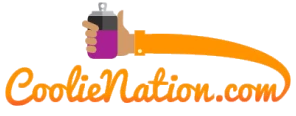5 things you need to know before ordering custom apparel
Thinking about ordering custom apparel for your business? A wedding? A life event like a graduation, birthday celebration or retirement party? Then keep reading!
What do I need to know about ordering custom apparel?
The short answer? Nothing at all!
The long answer? See below for some tips and tricks on how to make the process of ordering your apparel smooth and easy.
Here are the top 5 things you need to know before ordering custom apparel!
1. Choosing the right apparel for me: There’s a whole world of choices you may not ever have considered here! Apparel often varies by:
-material (100% cotton, 100% polyester or a blend of materials, more on this in step 3)
-neck shape (v-neck, crewneck, etc)
-product cut (womens, unisex, kids)
-product type (t-shirts, long sleeves, hoodies, tanks)
Typically the type of event will help to answer a lot of these questions. A bachelorette party, for example, may choose to purchase a shirt that specifically comes in a womens’ fit. A lawn care company may prefer to look at long sleeve shirts that can be useful during both warm and cold seasons. Unisex cuts offer the most flexibility. Take a moment to consider who will be using your apparel, when and how. That will help you have an idea of what the right product shape, cut and type is for you
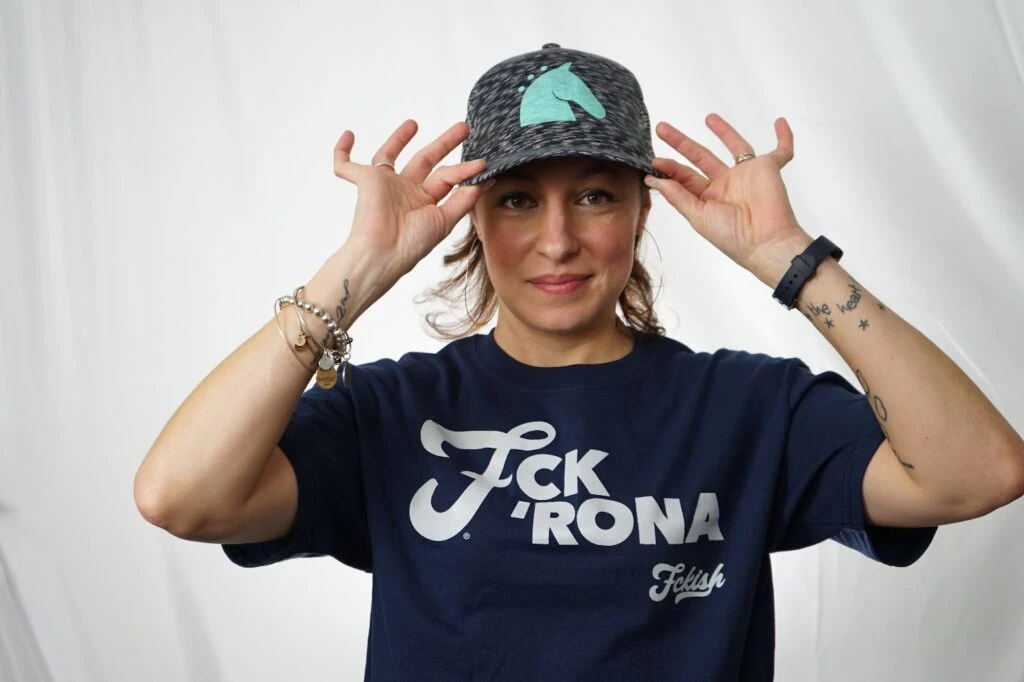
2. Choosing the right brand: There are tons of major brands in the USA like American Apparel, Gildan, Hanes, Jerzees, Bella + Canvas, just to name a few. So now that you’ve narrowed down the cut and apparel style you wanted from step 1, how do you go about picking a brand? Is the brand something you’ve got in your closet that works well for you? Are there brands you know the people using your apparel would prefer? Brands you feel more comfortable with? Is cost a factor or is a premium look/feel/cut something that’s more important to you? Bella + Canvas and American Apparel tend to be considered premium brands (with a corresponding price tag) while brands like Hanes or Gildan are often seen as more accessible. Depending on the type of apparel you’re interested in, the difference can often be anywhere from $1-$2 for t-shirts or $5-$15 for hoodies!
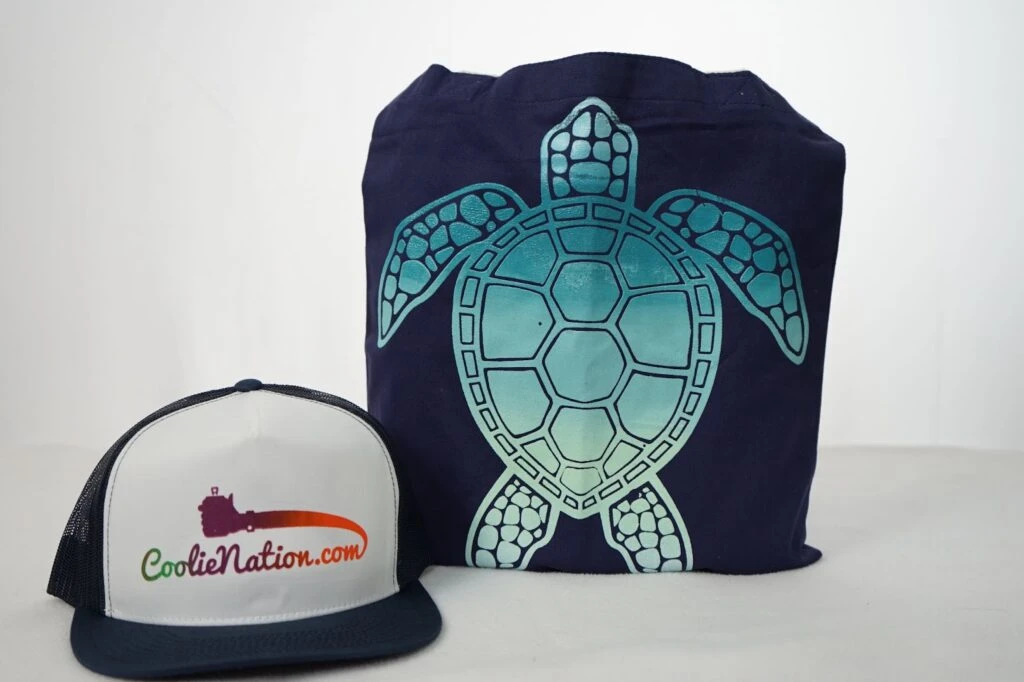
3. Choosing the right material and weight: There are three main categories of base material in apparel, cotton is the most common, followed by polyester, and last but not least are various blends. Cotton/poly blends tend to be the most popular blend that’s both wallet-conscious and ultra soft. Tri-blends are known for their durability and often have a bit of stretch to them but can knock you into a higher price point. The material will typically dictate what you can print on them, the location of the print, the colors you want to print and how those colors will look when printed. And as far as materials go, it’s often as simple as what feels best to you? So how do you choose? Find some apparel in your closet, think of what you like and don’t like. Tell your friendly apparel specialist this info and they’ll help narrow down your options based on your goals.
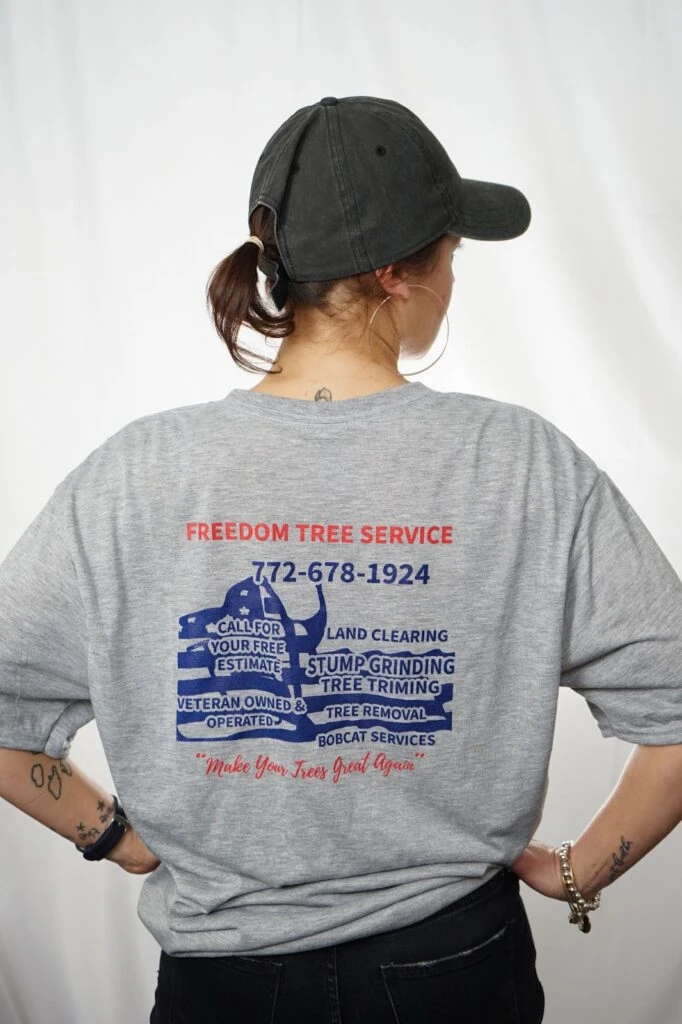
4. Choosing your design and its print method: Screen printing (single ink print is a synonym for this style of printing) has been around for over one hundred years! The Webster definition of screen printing is “the technique of creating a picture or pattern by forcing ink or metal onto a surface through a screen of fine material.” Basically this means we’ve got a giant piece of mesh and your design squeezes through these holes. It’s quite satisfying to watch to be honest. This prints best and the price point is most accessible for one color designs. While multi-ink screen print can be done and used to be done quite often, it is a print process being offered less and less because of how time consuming and inaccurate it can be. This (single color, single ink screen print) is often the most economical way to print. What about your multi color design? What are your possibilities for that?
-Via screen: This is very laborious and is not cost effective.
-DTG: Also known as Direct To Garment printing. It allows for a printhead to print directly on the material. The price point can be a bit higher than screen print but allows you to print most any type of full color design, fading of colors, gradient, etc. on any garment color. The entire rainbow spectrum is available to choose from with this process!
-Heat sublimation: This process is similar to DTG in that it can print a full color design but can be more cost effective. It prints photographs beautifully and like DTG, there is no limit to the choices of color in your design. There is, however, one large drawback with sublimation printing and that is its ability to print on a variety of materials and material colors. Sublimation print can only be done on light colored shirts and prints best on white. It also requires a shirt that is composed of at least a 60% polyester blend (ideally 100% polyester) to produce a crisp print.
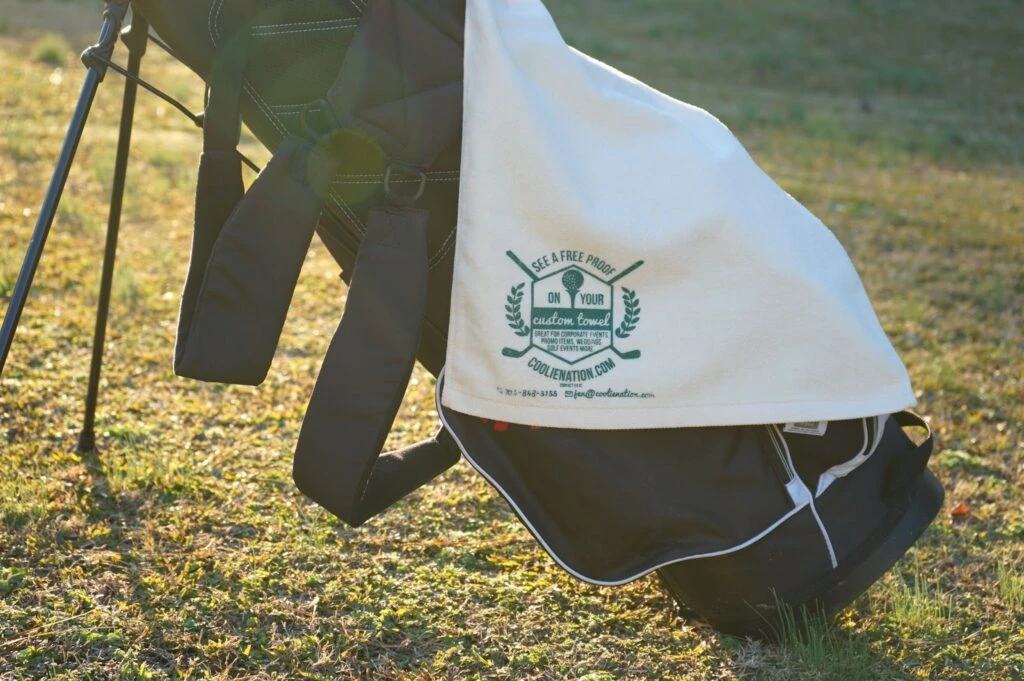
5. Choosing my sizes and quantity: This can often be the million dollar question! Starting a business? You might want a range in sizes from kids to adults. Looking to do giveaways? Sticking with standard popular adult unisex sizes is probably the right move here. If you’ve got a vague idea of what you’re hoping to do, the range of sizes can sometimes affect pricing. It’s often best to be prepared with some of this information to help you get more accurate pricing.
